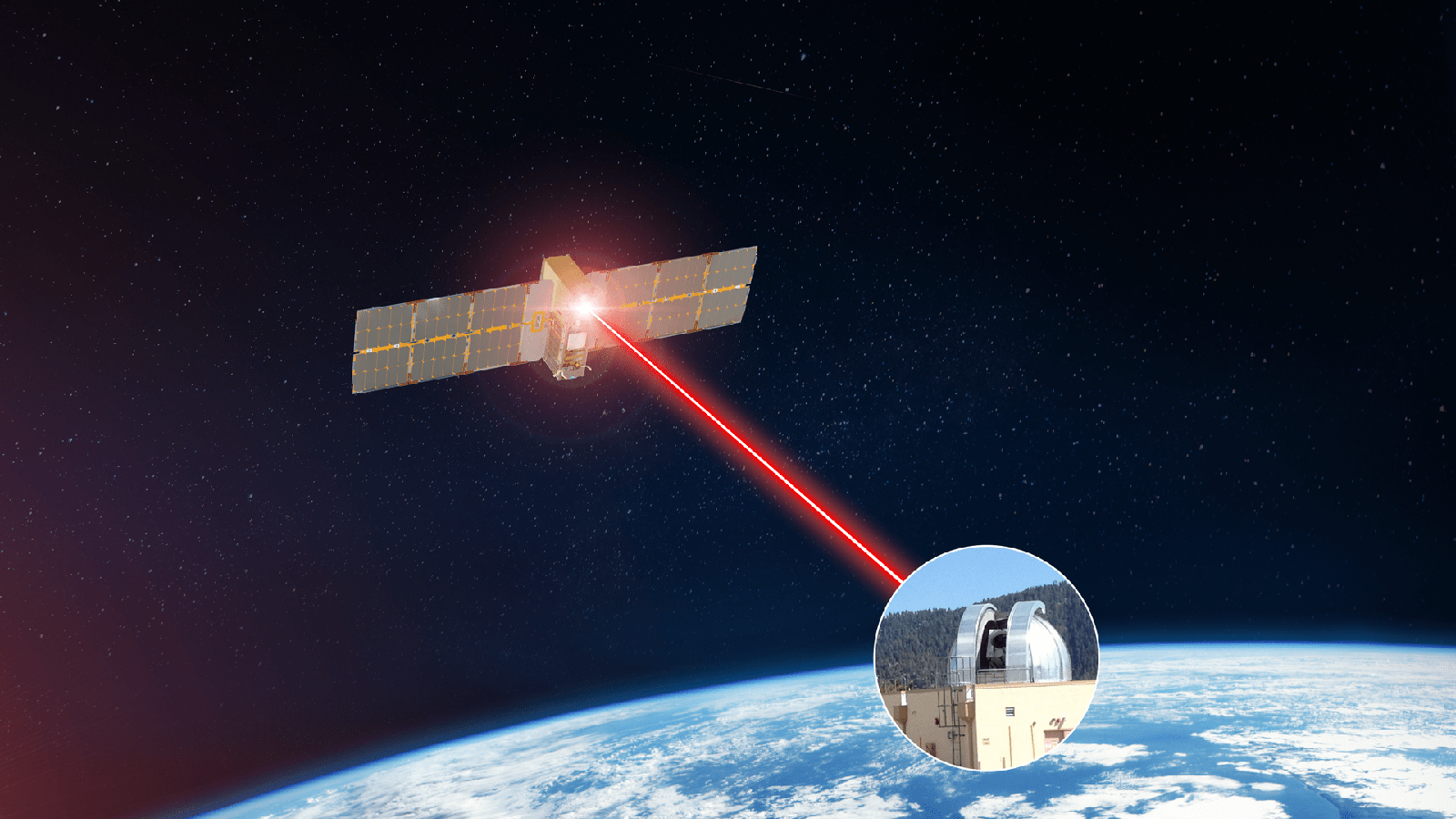Stay Up to Date
Submit your email address to receive the latest industry and Aerospace America news.
The Small Satellite Technical Committee works to advance the science and engineering of satellites, launch vehicles and ground systems to enable the development of small and highly capable spacecraft.
From technology demonstrations to high-data-rate communications and Earth observations, small satellites are important platforms for a diverse set of national, commercial and educational missions. In April, the NASA/MIT Lincoln Laboratory TeraByte InfraRed Delivery payload, aboard the Pathfinder Technology Demonstrator 3 cubesat, sustained a 200 gigabit-per-second data downlink rate to transfer more than 1.4 terabytes of data in a single five-minute ground pass. This is the highest-recorded rate for a space-to-ground optical link, and the technology proved effective in both nighttime and daylight operations. The ground and space segments aligned with one another via guided laser beams, which accomplished pointing errors below 40 microradians; this error was well within the payload’s 380-microradian beamwidth. Optical communications are desirable because of this order-of- magnitude increase in bandwidth, but also because of the increased security from a narrow beam and the lack of licensing required to operate these links.
In May, MIT’s Time-Resolved Observations of Precipitation structure and storm Intensity with a Constellation of Smallsats, or TROPICS, were launched weeks apart into two 32.75-degree, 550-kilometer orbits. Each of the four cubesats carries a microwave radiometer capable of nearly all-weather observations of 3D temperature and humidity, cloud ice and precipitation horizontal structure. The purpose of these NASA-sponsored spacecraft, built by Colorado-based Blue Canyon, is to conduct scientific investigations of tropical cyclones. By placing two pairs of cubesats into two orbital planes, meteorologists can gain a more complete picture of rapidly developing activity. The initial results show a promising future for high-performance meteorological cubesats.
In July, California-based Rocket Lab launched four cubesats for NASA’s Starling mission. Plans call for demonstrating autonomous command and control capabilities for swarm missions, including swarm control, adaptive communications and autonomous event response.
The Hack-A-Sat 4 cyber competition in August invited teams to hack the first orbital hacking sandbox, Moonlighter, a three-unit cubesat developed by Aerospace Corp. and the U.S. Air Force Research Laboratory and was built specifically for this activity. The competition winners, the Italian mHACKeroni team, commanded the spacecraft to capture and downlink an image to their ground terminal. The U.S. Space Force uses this competition to learn about and improve potential security weaknesses.
Among these demonstrations, however, were signs of a slowdown in the small satellite industry. From 2021 to 2022, an average of 10 new and 43 existing commercial constellations added an average of 296 spacecraft per year. In 2023, those numbers were down to six, 37 and 212, respectively. The most significant entrant was the Space Development Agency of Virginia, whose first spacecraft in the Tranche 0 Tracking and Transport layers of its Proliferated Warfighter Space Architecture were launched in April and September. The Tranche 0 layers will demonstrate advanced missile warning and low-latency communications links between air and ground systems.
The path to orbit for small satellites became more constrained this year. In 2021, there were dozens of flights on 11 launch systems available to customers around the world. Due to the delays in the development of new launchers, cancellations of other programs and the ongoing sanctions against the use of Russian-made rockets, commercial satellite programs in the West had 18 flights across four launch options in 2023: four flights on SpaceX Transporter rideshare launches, eight on Rocket Lab’s Electron rockets, one on a Vegas rocket and five cargo flights to the International Space Station.
Small satellites continue to be an effective means for organizations and nations to access space: Sixty universities and private companies orbited their first spacecraft this year. In January, Kuwait became the 78th nation to fly its own spacecraft with the launch of KuwaitSat-1 on SpaceX Transporter-6.
Contributors: Kerri Cahoy and Paula do Vale Pereira
Stay Up to Date
Submit your email address to receive the latest industry and Aerospace America news.




